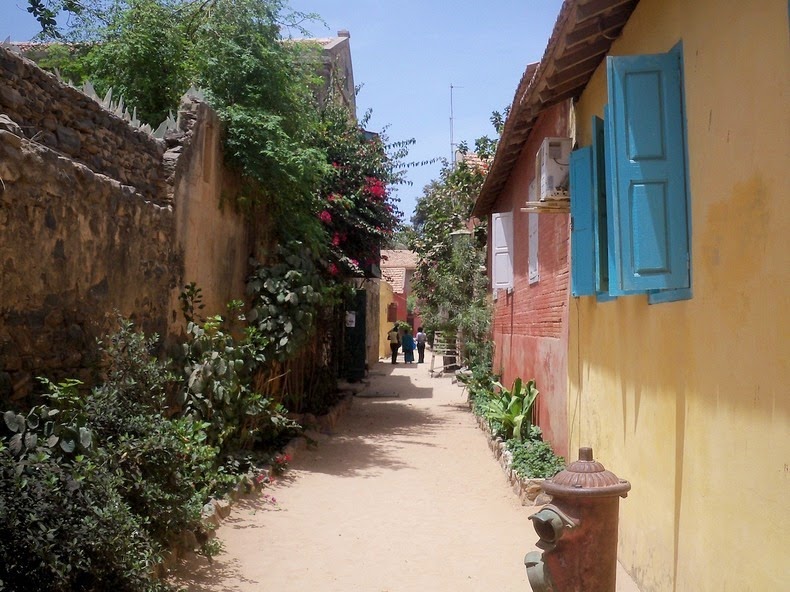In 1817, France took control of the island and held it until Senegals independence in 1960.
Between 1536 and 1848, the island was active in the Atlantic slave trade.
Mostly, researchers disagree on the number of slaves purported to have passed through the island.
Cells for women and children were located in a different part of the house.
Young girls were often kept separately for sale or the pleasure of the traders.
Once a day, they were fed and allowed to attend to their needs.
The conditions were so appalling and unsanitary that diseases were rampant.
The buyers and traders would lean over the balcony overlooking the courtyard and observe the slaves while negotiating prices.
Goree island was designated a UNESCO World Heritage site in 1978.
This site is visited by approximately 200,000 visitors each year.
Photo credit
The House of Slaves.Photo credit
The Door of No Return.Photo credit
Sources:UNESCO/Wikipedia/Britannica/About/BBC










